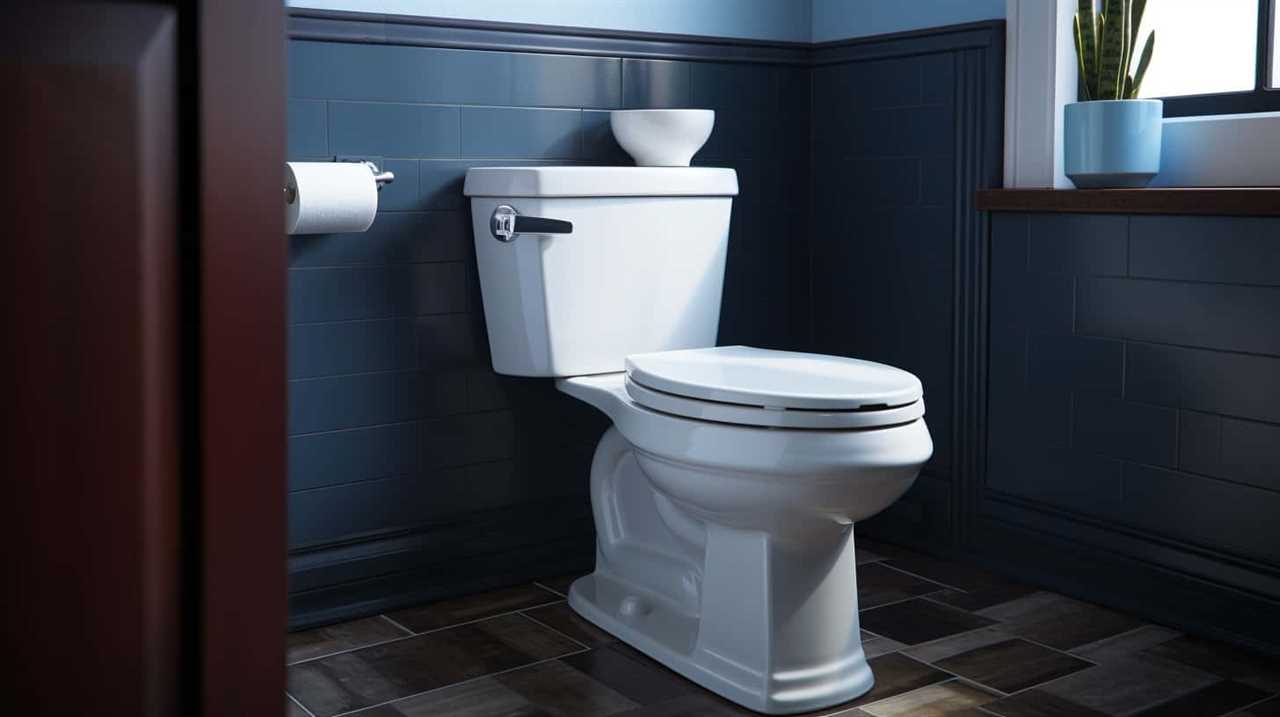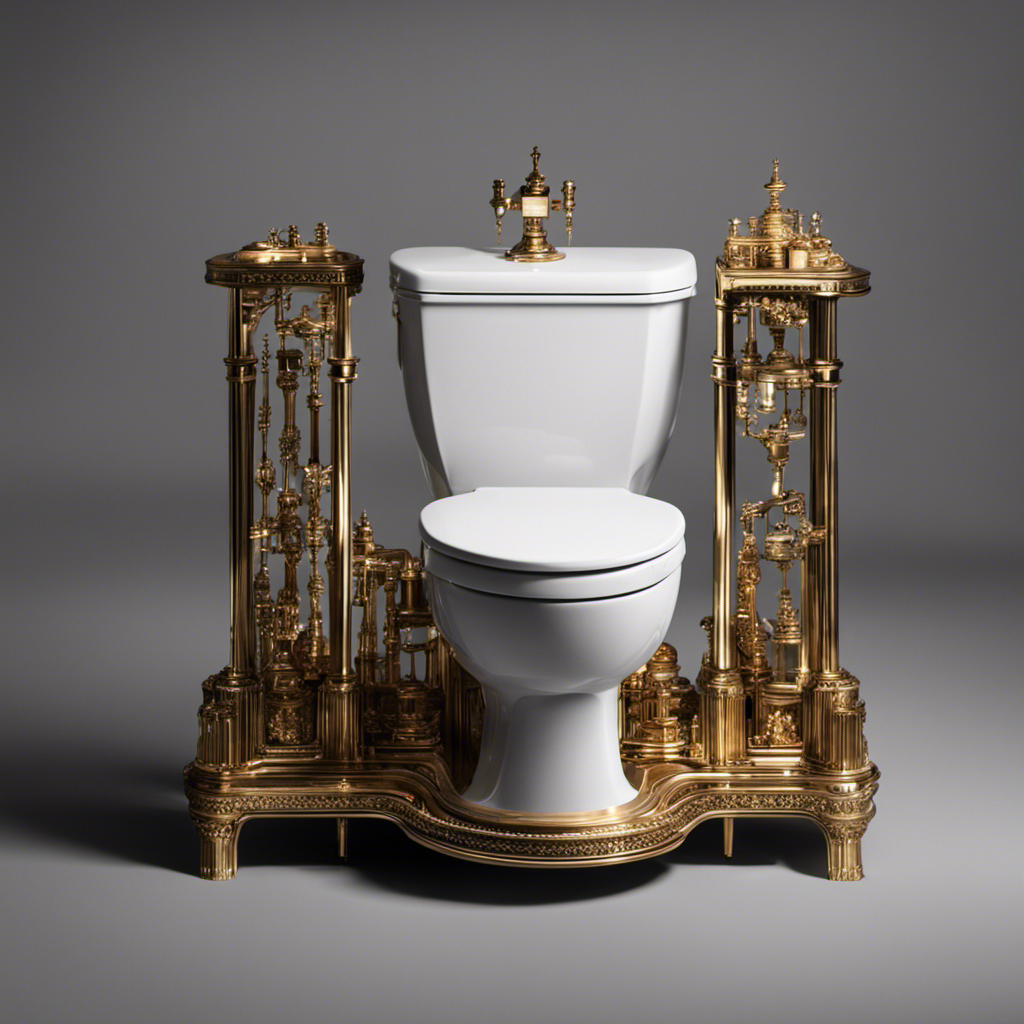Have you ever thought about why some countries do not use toilet paper? It is a common item in our daily lives, but in other places, it is not the standard practice.
In this article, we will explore the cultural and historical factors, alternative practices, environmental impact, and health considerations behind this phenomenon. By delving into these aspects, we hope to gain a broader understanding of toilet habits around the world and the diverse perspectives that shape them.
Key Takeaways
- Cultural and historical factors shape alternative toilet paper practices, such as the use of bidets in Japan and European countries like France and Italy, and reusable cloth wipes in Asian countries like Japan and South Korea.
- Environmental impact and sustainability are driving the adoption of alternative practices, as conventional toilet paper production leads to deforestation and carbon emissions. Bidets, water sprays, and reusable cloths are seen as more eco-friendly options that conserve water and energy resources.
- Health benefits and hygiene considerations play a role in the preference for bidets, as they offer a more thorough cleaning experience, reduce the risk of bacterial infections and irritation, and eliminate physical contact and the spreading of germs.
- Global perspectives on toilet paper usage vary, with Western countries considering it a necessity, while alternative methods like bidets, water sprays, or using water and hands are preferred in some countries. Economic disparities and cultural norms also influence toilet paper consumption.
Cultural and Historical Factors
In our exploration of cultural and historical factors, we find that many countries across the globe don’t rely on toilet paper as their primary means of personal hygiene. This can be attributed to various reasons, including bidet culture and water scarcity.
In countries where bidets are prevalent, such as Japan and many European nations, the use of water for cleansing after using the toilet is deeply ingrained in their cultural practices. Bidets provide a more thorough and hygienic cleaning experience, eliminating the need for toilet paper.

Additionally, in regions where water scarcity is a concern, using toilet paper can be seen as wasteful. These cultural and environmental factors have shaped alternative toilet paper practices in these countries.
Transitioning into the subsequent section, let’s now explore some of these alternative practices.
Alternative Toilet Paper Practices
Continuing our exploration of cultural and historical factors, we’ll now delve into the various alternative toilet paper practices that exist across different countries.
One popular alternative to toilet paper is the use of bidets. Bidets are common in many European countries, such as France and Italy, where they’re often found alongside toilets. Bidets use a stream of water to clean the genital and anal areas, reducing the need for toilet paper.

Another alternative is the use of reusable cloth options. In some Asian countries, like Japan and South Korea, reusable cloth wipes are used instead of toilet paper. These cloth wipes are washed and reused, reducing waste and environmental impact.
While these alternative practices may differ from the widespread use of toilet paper, they highlight the diverse approaches to personal hygiene around the world.
Environmental Impact and Sustainability
Exploring alternative toilet paper practices highlighted the environmental impact and sustainability of these diverse approaches to personal hygiene around the world.
The conventional toilet paper manufacturing process involves cutting down trees, which has significant deforestation consequences. According to studies, approximately 27,000 trees are used daily to produce toilet paper for the United States alone. This not only leads to the loss of natural habitats but also contributes to carbon emissions and climate change. Additionally, the manufacturing process requires significant amounts of water, energy, and chemicals, further straining the environment.

As a result, many countries have adopted alternative practices such as bidets, water sprays, or reusable cloths to minimize their ecological footprint. These sustainable alternatives not only reduce waste but also conserve water and energy resources, making them more environmentally friendly options.
Transitioning to these practices not only helps preserve our planet but also offers numerous health benefits and hygiene considerations.
Health Benefits and Hygiene Considerations
Considering the topic of health benefits and hygiene considerations, we prioritize the overall cleanliness and well-being of individuals. When it comes to personal hygiene practices, using bidets instead of toilet paper offers several advantages. Bidets provide a more thorough cleaning experience as they use water to cleanse the genital area, reducing the risk of bacterial infections and irritation. Additionally, bidets promote better sanitation by eliminating the need for physical contact, which can spread germs.
To further emphasize the benefits of bidets, let’s take a look at the following table:

| Health Benefits of Bidets | Sanitation Practices |
|---|---|
| Reduces bacterial infections | Eliminates physical contact |
| Prevents irritation | Promotes better cleanliness |
| Improves personal hygiene | Decreases the risk of cross-contamination |
Conclusion and Global Perspectives
As we wrap up our exploration of health benefits and hygiene considerations, it’s important to delve into the global perspectives surrounding the use of toilet paper.
Different countries have varying attitudes towards toilet paper, influenced by cultural, historical, and economic factors. In many Western countries, toilet paper is considered a necessity for personal hygiene. However, in some countries, alternative methods such as bidets, water sprays, or even using water and hands are preferred. These global attitudes reflect cultural norms and personal preferences.
Additionally, economic implications play a role in the use of toilet paper. In regions with limited resources, toilet paper may be seen as a luxury item, leading to more sustainable and cost-effective alternatives.
Understanding these global perspectives helps us appreciate the diversity of hygiene practices around the world and encourages open-mindedness towards different cultural practices.

Frequently Asked Questions
What Are Some Cultural and Historical Factors That Have Influenced the Use of Toilet Paper in Different Countries?
Cultural practices and historical traditions greatly influence the use of toilet paper in different countries. Factors such as water availability, hygiene beliefs, and alternative methods contribute to the varied practices observed worldwide.
Are There Any Alternative Toilet Paper Practices That Are Commonly Used in Countries Where Toilet Paper Is Not Commonly Used?
Toilet paper alternatives are common in countries without a toilet paper culture. Bidets, water sprays, and hand-held water containers are popular options. These cultural practices offer hygiene and sustainability while reducing toilet paper waste.
What Are the Environmental Impacts and Sustainability Concerns Associated With the Widespread Use of Toilet Paper?
The widespread use of toilet paper raises environmental impact and sustainability concerns. It is important to consider alternatives and adopt more eco-friendly practices to minimize the negative effects on the environment.
Are There Any Health Benefits or Hygiene Considerations Related to the Use of Alternative Toilet Paper Practices?
There are several health benefits associated with alternative toilet paper practices, such as bidets and water cleansing. These practices reduce the risk of infection and irritation. Additionally, they have less environmental impact than traditional toilet paper.

How Does the Lack of Widespread Use of Toilet Paper in Certain Countries Affect Global Perspectives on Hygiene and Sanitation?
The lack of widespread use of toilet paper in certain countries can shape global perceptions of hygiene and sanitation. Cultural practices vary, and understanding different approaches to cleanliness can broaden our perspective on what is considered hygienic.
Conclusion
In conclusion, exploring why other countries don’t use toilet paper reveals a multitude of cultural, historical, and environmental factors.
While it may seem foreign to some, these alternative practices offer unique perspectives on hygiene and sustainability.
As we reflect on our own habits, it’s crucial to adopt a global mindset and consider the diverse approaches to personal cleanliness.

Let’s embrace the rich tapestry of toilet paper practices, recognizing that there’s always more to learn from one another.










